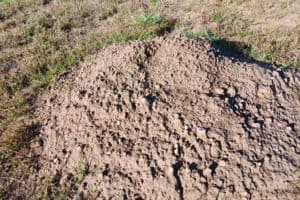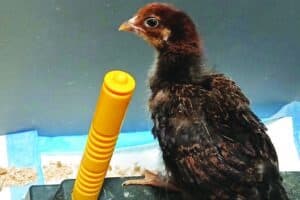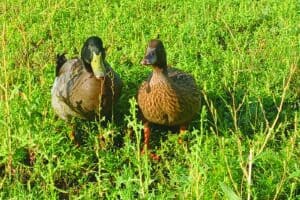Longtime local journalist Bill Radford and his wife, Margaret, live on 5 acres in the Falcon area with ducks, chickens, rabbits, dogs, cats, two noisy parrots, goats and two horses. Contact Bill at billradford3@gmail.com.
With horses, goats, chickens, ducks and rabbits outside; and dogs, cats and a parrot inside, our menagerie is pretty full.But my wife would be happy to make room for one more animal ñ- a cow. And it wouldn’t have to be a lot of room, because we’re talking miniature cows.So far, Margaret has resisted the urge to get one ñ- or more. Not so for Will and Julie Hughes. They discovered the miniature zebus at the 2011 Colorado State Fair and were instantly intrigued.ìWe had never seen anything quite like them,” Julie said. That fascination didn’t dim; and, after substantial research, the couple got their first zebu in 2015. Their herd now numbers 11, including three they got on New Year’s Day from a ranch in La Junta.”We’re not farmers,” Will noted; he is an I.T. manager and Julie does medical coding. “We never had any kind of livestock before” he said. “So we decided to pick an easy breed, I guess you would say, to breed.”The miniature zebu is one of 70-plus breeds of zebus. Miniature zebus, which reach 34 to 42 inches in height, are said to be the only naturally occurring miniature breed of cattle.All breeds of zebus are known for the hump on their upper back; the hump is typically more noticeable in males. “It’s just a big fatty pocket,” Will said.Will and Julie live on 2 Ω acres in Vineland, east of Pueblo; one of the advantages of miniature zebus is you can raise them on small acreage. Margaret and I visited recently, and it’s easy to see why people fall in love with the animals. A frisky, month-old bull calf running laps around the older cows was particularly captivating; he’s the first calf born from the Hugheses’ breeding program.The crowd at last month’s National Western Stock Show in Denver also got a chance to fall in love with miniature zebus; the breed made its stock show debut, and Will and Julie were there with their herd. “We were ecstatic to be there,” Will said. The couple has also exhibited their zebus at the Colorado State Fair, the Texas State Fair and elsewhere. (Zebus are believed to have made their U.S. debut at the Chicago World’s Fair in 1893.)To protect them from the cold, the miniature zebus were kept indoors at the stock show. Zebus are native to Southern India and the jungles of Southeast Asia and are more accustomed to warm climates. The Hugheses have heaters in their barns for the zebu. They also have barn cams, so they keep an eye on the cattle from the house.ìThey’re definitely spoiled,” Julie said.People raise zebus for various reasons, including to show and for meat and milk. An average miniature zebu steer will provide about 250 pounds of meat, according to the Hugheses’ website at jwminimoos.com. The average zebu cow, meanwhile, will produce a gallon a day of milk that’s easily digestible and high in butter fat, Will said.”The nice thing about this breed is they’re disease and parasite resistant,” he said. And they eat roughly a third of what a regular-size cow eats. “They’re a very, very easy breed to maintain,” Will said.After just a few years, it’s already difficult to imagine life without the zebus, Julie said. “We’ve just had so many adventures.”






